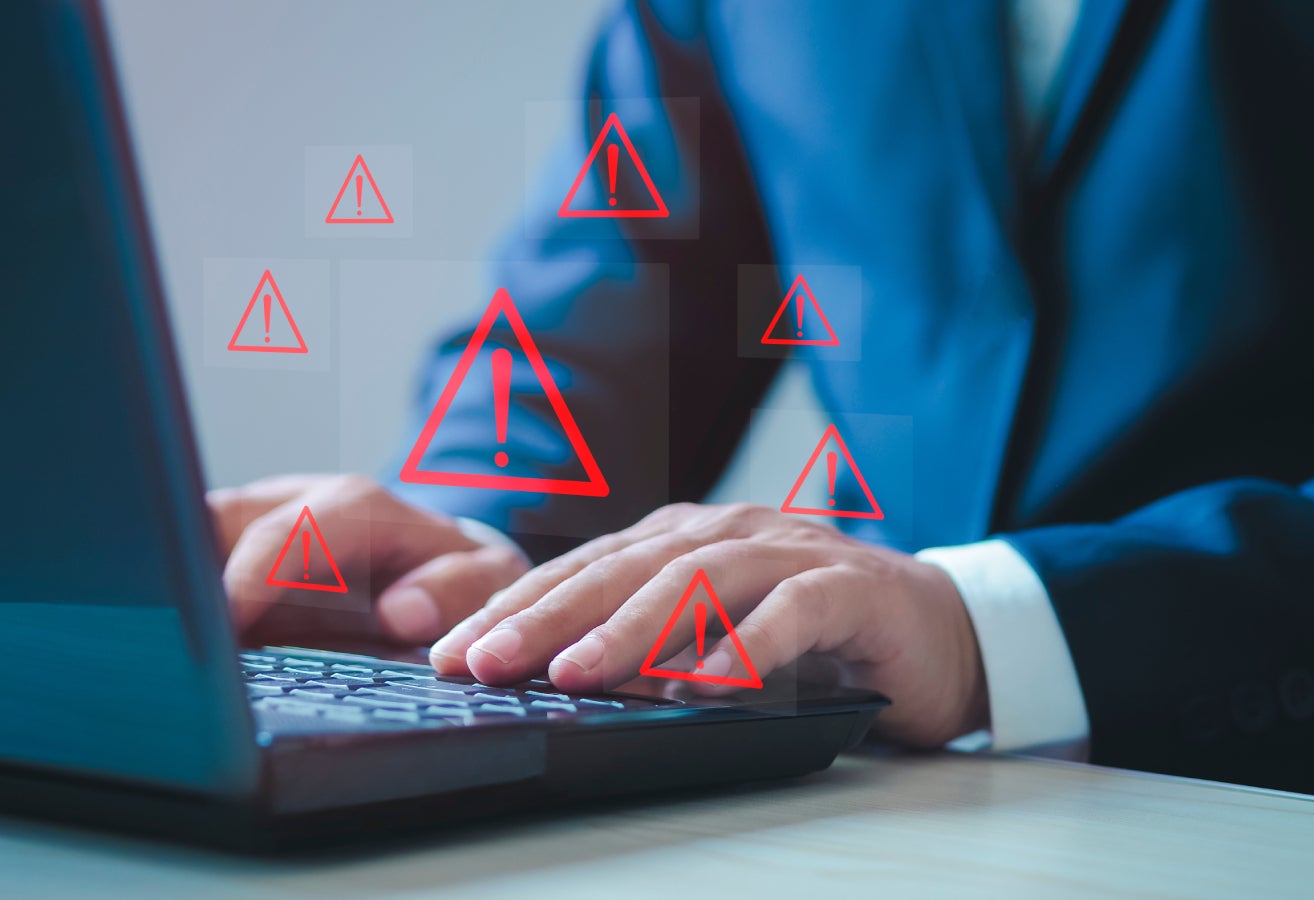The United States Postal Service (USPS) is warning Americans to be on high alert for a wave of mail-related scams that have picked up steam nationwide, especially during the past holiday season.
From phishing emails and scam texts to surprise packages showing up at your doorstep, officials say fraudsters are getting bolder and more creative. As the number of victims grows, the USPS is stepping up its efforts to fight back.
“We’re taking an aggressive step to make the delivery of mail and packages more secure and reliable,” said Sherry Patterson, USPS strategic communications specialist, per KSL.com.
What you need to watch out for
Postal inspectors say the scams fall under three main types: phishing, smishing, and brushing.
- Phishing: Fraudulent emails pretending to be from USPS, asking for personal information.
- Smishing: Scammy text messages with fake tracking links or package notices.
- Brushing: Strange packages showing up at your door — often cheap items you didn’t order. This tactic is used to generate fake online reviews under your name and could mean your personal info is already out there.
A U.S. postal inspector, Brook Robinson, explains that brushing packages may come with hidden tricks — like QR codes designed to steal your data when scanned. If you get one of these mystery packages, “you may keep it, throw it away, or return to sender,” but most importantly, report it to the Postal Inspection Service.
Robinson encourages the public not to scan QR codes that seem untrustworthy or click on links sent by someone they do not know or trust.
Protecting the public and postal workers
In response to rising threats, USPS is investing billions through its Delivering for America plan to make mail delivery safer and more reliable. Part of that includes Project Safe Delivery, a joint effort between the Postal Service and Postal Inspection Service to crack down on crimes targeting the postal system.
“The 10-year Delivering for America plan is a $40 billion investment aimed at modernizing and revitalizing a postal service to create a high-performing, financially stable organization capable of serving this nation for generations to come,” Patterson said.
Since its launch in 2023, the project has led to over 2,400 arrests and helped reduce mail carrier robberies by 27%. In 2024 alone, over 1,200 arrests were made related to mail theft.
To make things even more secure, the USPS is deploying more than 49,000 high-security mailboxes across the country and switching to electronic locks to protect carrier keys — a common target during robberies.
Rewards have also gone up. Tips leading to arrests in mail carrier robberies could earn up to $150,000, while information on mail theft can fetch up to $100,000.
How to stay safe
USPS and the Postal Inspection Service urge the public to stay alert and take simple steps to protect themselves:
- Don’t click on links in texts or emails claiming to be from USPS.
- Never send money to someone you’ve never met in person — romance scams are still common.
- Retrieve your mail immediately, especially if you expect checks or important documents.
- If you’re leaving town, ask your local post office to hold your mail.
- Report suspicious messages or packages to spam@uspis.gov or text them to 7726 (SPAM). You can also call 1-877-876-2455 to speak directly with a postal inspector.
“Treat your personal information as if it were cash,” Robinson advised. “Think before you send it away.”




